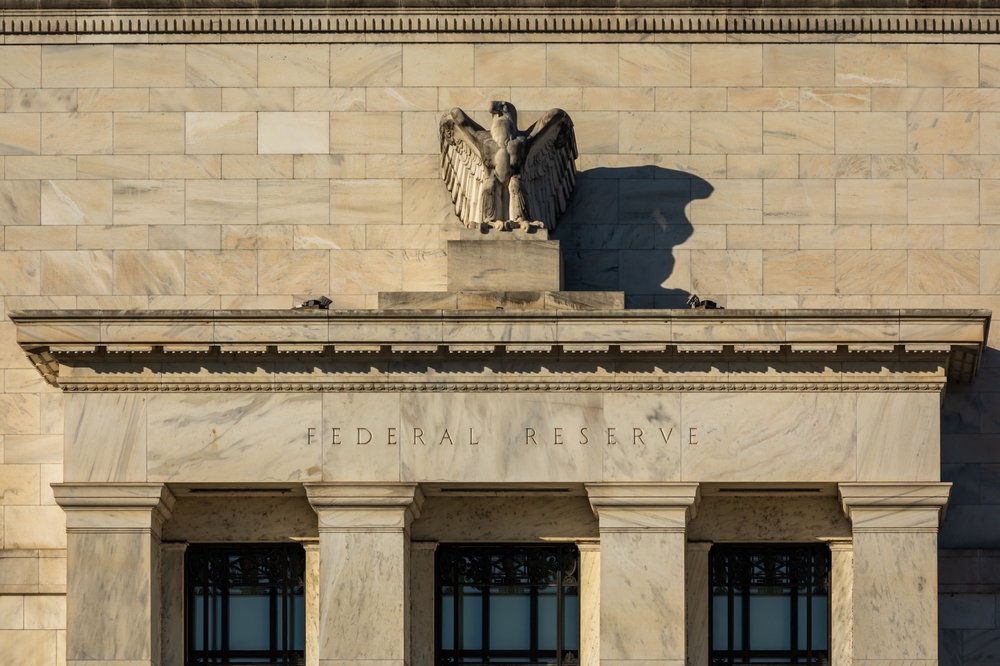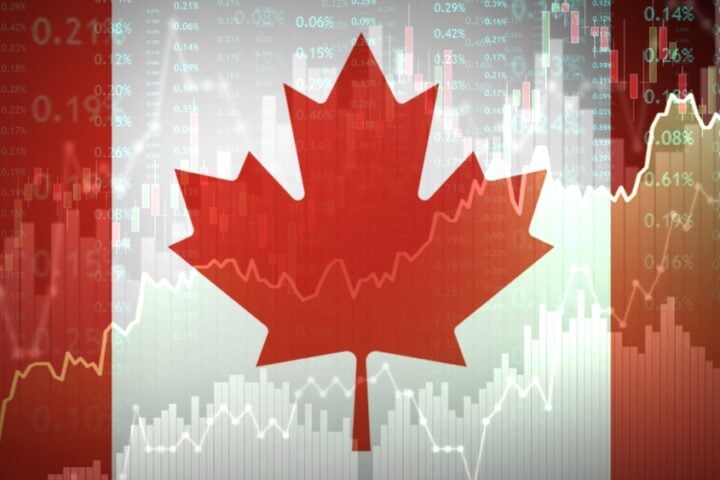The Federal Reserve is poised to lower interest rates this week for the third consecutive meeting, even as inflation remains elevated and the economy shows resilience. This decision has sparked debate among economists about whether the Fed’s actions are prudent or premature.
Critics Warn of Potential Risks
Some experts argue that the rate cut could backfire, fueling inflation and undermining the Fed’s credibility. Bernard Baumohl, chief global economist of the Economic Outlook Group, stated, “A rate cut next week will prove to be a mistake because it isn’t warranted and may fuel more inflation.”
Supporters Highlight Signs of Disinflation
Others believe that underlying inflation trends support the Fed’s gradual return to normal interest rate levels. While recent headline inflation figures have risen, proponents of the cuts point to easing rent increases and modest rises in auto repair and insurance costs as signs of cooling pressures.
Inflation and the Fed’s Strategy
The Fed aggressively raised rates from near zero to a range of 5.25%-5.5% in 2022-2023 to combat a pandemic-driven price spike. With inflation now below 3%, the Fed has since reduced rates by three-quarters of a percentage point. However, November’s inflation data showed overall prices rising 2.7% annually, with core inflation holding steady at 3.3%.
Economic Resilience Amid High Rates
The US economy has remained robust, growing at an annualized rate of 2.8% in the third quarter and an estimated 3.3% in the fourth quarter. Job growth also rebounded in November, with 227,000 jobs added after weather-related disruptions in October.
Why the Fed Plans to Cut Rates
Fed officials argue that the current rate range of 4.5%-4.75% is “significantly restrictive” and aim to bring it closer to a neutral level of around 3%. This adjustment seeks to avoid unnecessarily constraining economic growth. Barclays economist Marc Giannoni notes that a December cut allows the Fed to pause in January and evaluate the impact of its policies.
Potential Impact of Trump’s Tariffs
Fed Chair Jerome Powell may also want to act before President-elect Donald Trump enacts tariffs on imports from Canada, Mexico, and China, which could exacerbate inflation. However, Powell has stated that the Fed is not yet incorporating Trump’s trade policies into its decisions.
Encouraging Inflation Details
Despite headline inflation increases, rent growth slowed to its smallest monthly rise since July 2021. Temporary factors, such as hurricane-related car replacements and hotel rate spikes, have driven up prices, but these are expected to subside. The personal consumption expenditures (PCE) index, the Fed’s preferred inflation gauge, is forecasted to show smaller increases than the consumer price index (CPI).
Labor Market Shows Signs of Cooling
The labor market, while strong, is gradually cooling. The unemployment rate ticked up to 4.2% in November, and average yearly wage growth has decreased from 5.9% in early 2022 to 4%.
More Conservative Rate Cut Projections for 2025
The Fed is expected to signal a slower pace of rate cuts for 2025, with projections for just two or three reductions. Economists believe this cautious approach could help manage public inflation expectations, which influence actual inflation trends.
Market Expectations Align with Fed’s Decision
Futures markets overwhelmingly predict a quarter-point rate cut on Wednesday. Economists note that while the Fed formally denies being influenced by market expectations, it generally avoids actions that could unsettle financial markets.







